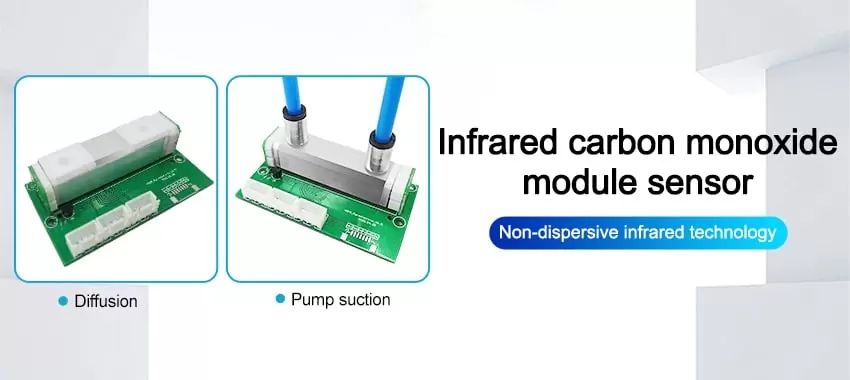Background:
MEMS gas sensors are microelectronic devices that are capable of detecting various types of gases. They are widely used in industries such as automotive, medical, and environmental monitoring. However, these sensors have limitations, including poor detection accuracy, sensitivity, and reliability. These limitations have restrained their full potential as high-performance gas sensors for various applications.
The development of MEMS gas sensors has been ongoing for several years, and there have been advancements in the design, materials, and fabrication processes to overcome the limitations of these sensors. This article explores the recent advancements in MEMS gas sensors and how they have enhanced detection accuracy.

Improving Detection Accuracy with Advancements in MEMS Gas Sensors
1. Materials and Fabrication Techniques
One of the major advancements in MEMS gas sensors is the use of advanced materials and fabrication techniques. For instance, researchers have incorporated graphene and carbon nanotubes into MEMS gas sensor designs, which have improved the sensitivity and selectivity of the sensors. Additionally, the use of advanced fabrication techniques, such as atomic layer deposition and plasma-enhanced chemical vapor deposition, has allowed for the creation of more complex and precise sensor structures.
2. Sensor Packaging and Integration
Another area where advancements have been made is in sensor packaging and integration. MEMS gas sensors are often exposed to harsh environments, which can affect their performance and durability. Therefore, researchers have developed new packaging materials and techniques that protect the sensors from environmental factors and reduce interference from other components in the device. This has improved the reliability and accuracy of the sensors in real-world applications.

3. Signal Processing and Data Analysis
Finally, there have been advancements in signal processing and data analysis for MEMS gas sensors. Researchers have developed algorithms that can extract more accurate and reliable data from the sensors, even in the presence of noise and interference. Additionally, machine learning techniques have been used to analyze large volumes of sensor data and identify patterns that can be used to detect specific gases.
In conclusion, the recent advancements in MEMS gas sensors have enhanced their detection accuracy, sensitivity, and reliability. The use of advanced materials, manufacturing techniques, packaging and integration has allowed for the creation of more accurate and reliable sensors. In addition, developments in signal processing and data analysis technology have improved the ability of these sensors to accurately detect and analyze gas concentrations. These advances will expand the use of MEMS gas sensor in a wide range of applications. Including environmental monitoring, industrial process control and medical diagnostics.
 : +86 155 8830 2704
: +86 155 8830 2704 : jxdziot@gmail.com
: jxdziot@gmail.com
